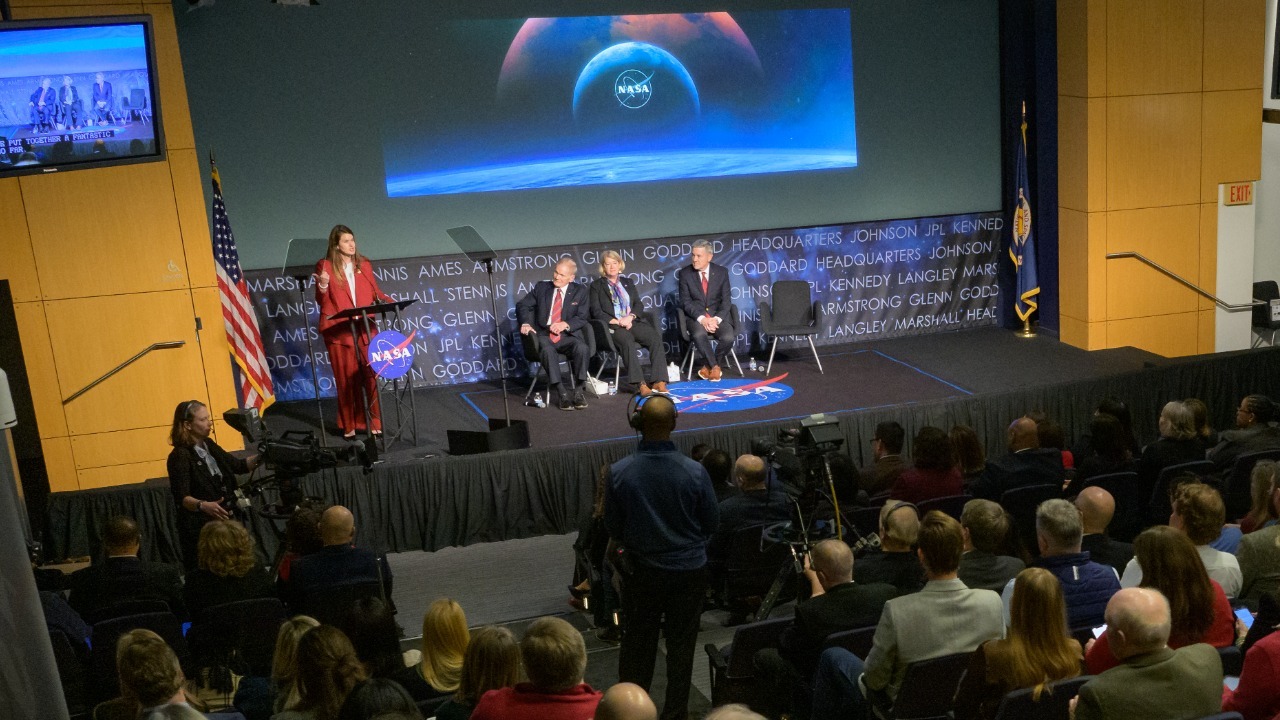
In a significant step towards enhancing our understanding of Earth’s oceans, NASA and SpaceX are gearing up to launch a new satellite from Florida. This mission, which will provide real-time monitoring of the oceans, is part of a broader international collaboration that includes a recent US-European sea satellite. Complementing these efforts is a US-Indian satellite launched earlier this year, designed to monitor Earth’s surface and provide early warnings for natural disasters.
The NASA-SpaceX Partnership for Ocean Monitoring
The collaboration between NASA and SpaceX brings together the expertise of two leaders in space exploration and technology. The mission’s focus is to provide real-time monitoring of Earth’s oceans, a critical step in understanding dynamic environmental changes. The satellite, equipped with advanced sensors, will analyze the ocean surface, providing valuable data for scientists and researchers.
International Collaboration on the Sea Satellite
The new US-European sea satellite project is a testament to the power of international collaboration. European partners have joined forces with NASA, contributing resources for data processing. The satellite’s capabilities, as outlined by NASA, include improved accuracy in sea level measurements, a critical factor in understanding climate change. This collaboration extends the scope of global ocean monitoring efforts, transcending national boundaries.
Launch Preparations and Timeline
The launch timeline for the NASA and SpaceX satellite is imminent, with pre-launch testing phases underway. The launch site in Florida has been chosen for its strategic location, although weather-dependent factors may influence the schedule. The satellite will be integrated with SpaceX’s Falcon 9 rocket for deployment into orbit, marking another milestone in SpaceX’s impressive track record of successful launches.
Applications for Ocean Data in Real Time
The real-time ocean monitoring provided by the satellite will be instrumental in tracking climate patterns and marine ecosystems. The continuous data stream will enable more effective fisheries management and pollution detection. The mission aligns with broader environmental goals, such as supporting UN sustainability targets, demonstrating the potential of space technology in addressing global challenges.
Related Missions: The US-Indian Satellite
The US-Indian satellite, launched on July 30, serves as a complementary effort in Earth observation. Its primary function is to monitor Earth’s surface for changes, providing valuable data for environmental studies. The satellite plays a crucial role in warning of natural disasters such as floods and earthquakes, demonstrating the potential of space technology in disaster management.
Technological Innovations and Challenges
The satellite’s imaging technology represents a significant innovation, providing high-resolution views of the ocean. However, challenges such as data transmission delays and orbital maintenance need to be addressed. Compared to previous missions, the satellite’s specifications represent significant advancements, highlighting the rapid progress in space technology.
Future Impacts on Earth Science
The data provided by the satellite will have far-reaching impacts on research in oceanography and climate modeling. Potential expansions of the mission, including follow-up satellites, could further enhance our understanding of the Earth’s oceans. The benefits for global policy-making on marine conservation are significant, demonstrating the potential of space technology in shaping a sustainable future.
More from MorningOverview